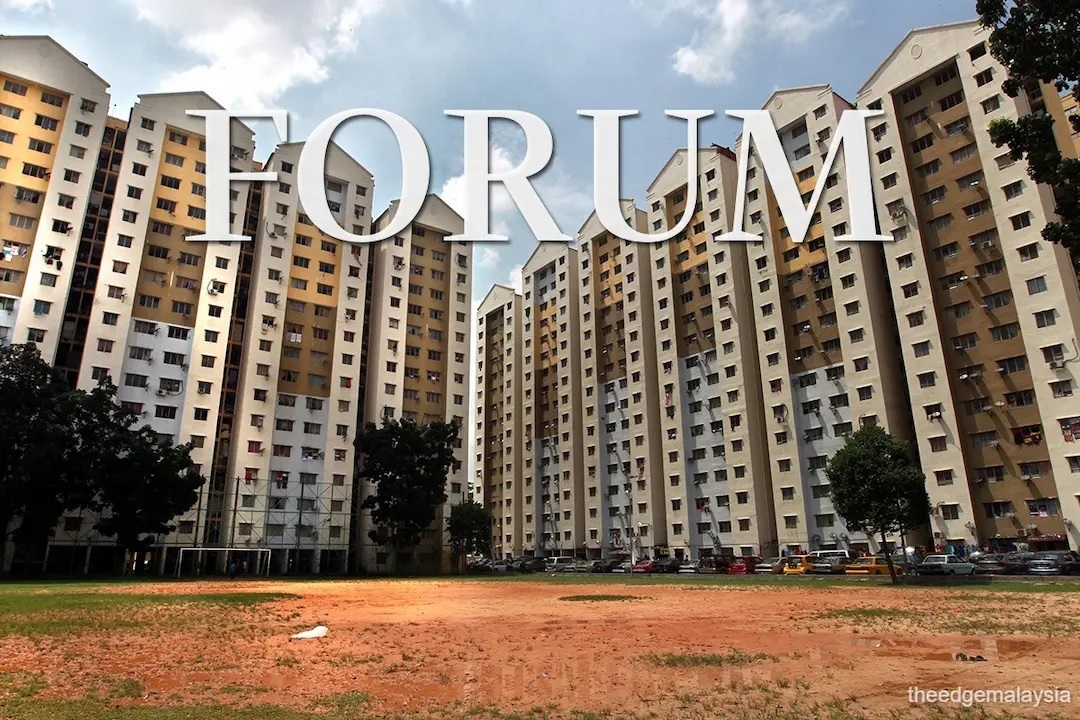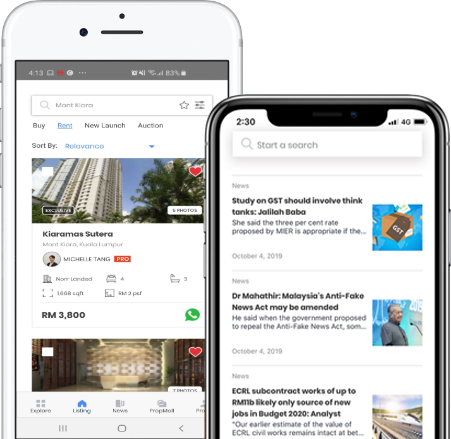
- A pay-per-use or opt-in model can potentially and quickly become an operational minefield. Worse still, with time, it could drive a wedge between residents of different socio-economic circumstances or lifestyle needs.
Housing and Local Government Minister Nga Kor Ming recently revealed that the ministry is exploring a pay-per-use model for facilities in future affordable housing schemes.
The idea is straightforward: Residents will be issued access cards to track their usage of shared facilities such as swimming pools, gyms, playgrounds and other recreational and sporting activities. They would then only pay for what they actually use. On the surface, this sounds fair and equitable. Why should one be charged for facilities they never utilise?
Theory versus reality
While the idea sounds progressive and attractive, implementing it poses significant practical and social challenges. A pay-per-use or opt-in model can potentially and quickly become an operational minefield. Worse still, with time, it could drive a wedge between residents of different socio-economic circumstances or lifestyle needs.
Successful property management of any real estate is not strictly about its well-maintained infrastructure and hardware. It is about building a cohesive community bound by shared responsibility and mutual respect—staying harmoniously under the same roof. When discussions about usage fees become frequent and contentious, they would undermine community harmony and unwittingly promote a fragmented mindset.
Design implications and maintenance realities
In typical vertical residential developments, facilities are not clustered in one spot. They are distributed across the project grounds to enhance spatial aesthetics, promote better air flow, avoid overcrowding and encourage incidental interaction—one of the cornerstones of liveable design.
However, in a pay-per-use system, managing access to facilities is naturally easier when they are grouped in a clubhouse. Upon entry, users can enjoy all the amenities housed within. But herein lies the dilemma: What if someone only wants access to the gym or only uses the swimming pool? Should they be made to pay a flat clubhouse entry rate regardless of the actual facility and duration used? Or, alternatively, should one introduce separate payment access to each facility?
Whatever the case might be, the cost of maintaining these amenities—whether or not they’re heavily used—remains significant. From utilities and equipment upkeep to structural repairs and labour, the financial burden is real, recurring and escalates with time. Wear and tear is inevitable. Equipment has a finite lifespan. Once the developer’s defect liability period and manufacturer warranties end, these costs ultimately fall squarely on the residents.
Governance, transparency and accountability
Operational clarity and transparency are essential. Who sets the rates for access? How are they reviewed and adjusted over time? What safeguards are in place to ensure collections match the actual costs of maintenance?
Then comes the legal grey area: If only paying users are allowed into the clubhouse, does it still qualify as common property as governed under the Strata Management Act? And if it is not common property, who owns and remains accountable for it? The property manager? The developer? A third-party operator? Or a special committee under the management corporation?
While the option of leasing the clubhouse to a private operator may offer some relief, the commercial viability of this approach—especially in affordable hoes— remains doubtful. Would any operator find running such a clubhouse financially attractive and sustainable?
The intentions are good, but ...
The government’s effort to enhance the standard of property management in affordable housing is a commendable one. Chronic issues like low service charge collection, poor facility upkeep and management disputes have plagued many developments for years. The pay-per-use model is a bold attempt to address this by promoting a user-pays approach and easing the financial burden on non-users.
However, good intentions are not enough. The model needs greater clarity, deeper stakeholder engagement and stronger legal underpinning to ensure fairness, sustainability and accountability in implementation. More importantly, the concept and objective of promoting affordable homes must be intact.
One cannot ignore the behavioural aspect. The success of any strata community hinges not just on rules and regulations, but also on the collective mindset of its residents. Especially in low- and middle-income developments, the culture of delaying or avoiding maintenance payments is a persistent issue — one that cannot be solved overnight by offering residents the "freedom" to pay only for what they use.
Rather, such a model could unintentionally reinforce the reluctance to contribute to the broader upkeep of shared spaces. Residents might see themselves more as consumers of a service than as co-owners of a community, further weakening the sense of shared stewardship that drives successful strata living.
Educational campaigns can help raise awareness about the importance of paying for upkeep, but experience shows that awareness alone is often insufficient. Maintenance fee collection depends heavily on enforcement, good governance and demonstrated value. When residents see clean, well-kept and functioning facilities, they are more likely to contribute willingly. Conversely, when facilities are neglected—whether paid for or not—trust erodes quickly.
Subsidy: A necessary conversation
If the goal is equitable housing access, especially in developments where incomes are tight and margins thin, necessary conversation must be had about public subsidy, painful as it might be. Should the government partially support the maintenance of shared spaces during the early years of a project—especially until the MC is established and fee collection stabilises? In the context of affordable housing in Malaysia, such an approach may be worth exploring.
Alternatively, if doing away with all amenities in affordable housing is not an option, could these be housed somewhere in the project grounds where the amenities could also be opened, at a cost, to non-residents?
No silver bullet
In conclusion, while the pay-per-use model presents an innovative and well-meaning approach to better property management of affordable homes, it is far from a one-size-fits-all solution. It may solve one problem, only to create others—particularly around community harmony, operational clarity and financial sustainability.
The model warrants more detailed study, clearer legislative backing and, above all, a deep understanding of the human dynamics at play in shared living environments.
That’s the real deal.
Au Foong Yee ([email protected]) is an editor emeritus at The Edge
Does Malaysia have what it takes to become a Blue Zone, marked by health and longevity? Download a copy of EdgeProp’s Blueprint for Wellness to check out townships that are paving the path towards that.





